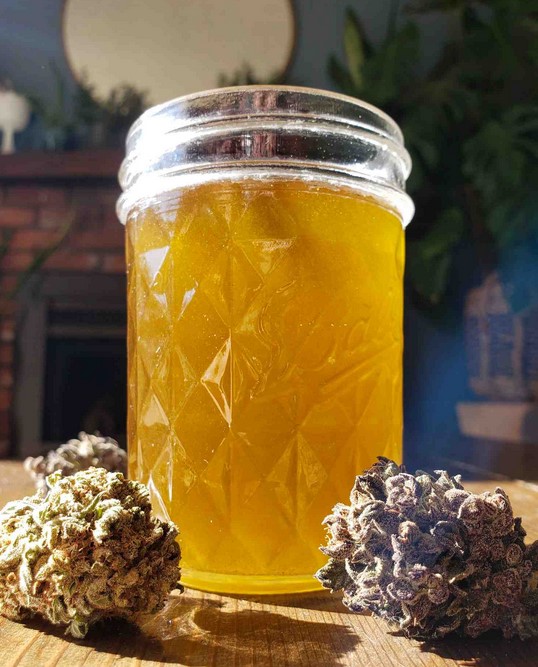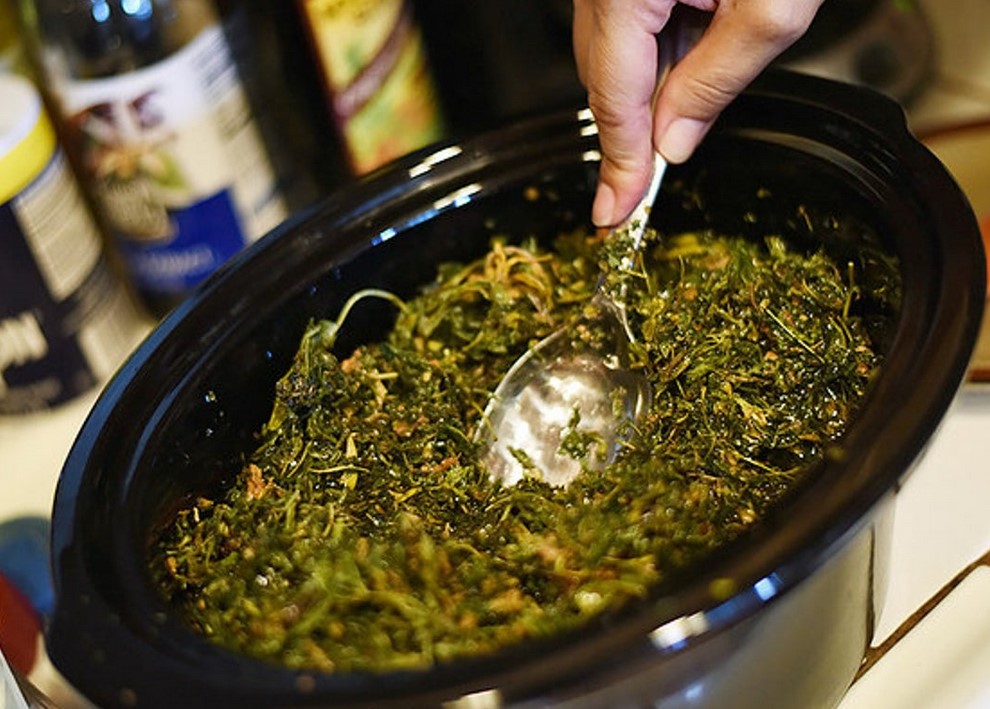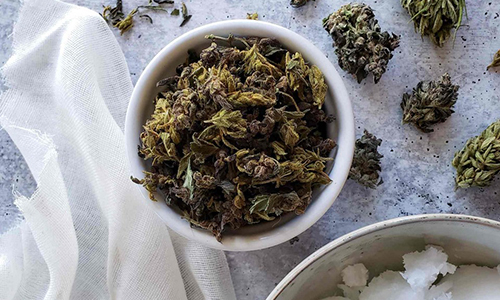As more states relax restrictions on medicinal marijuana, cannabis is becoming increasingly popular. It’s possible to add cannabis straight into your dish, but it won’t combine properly because there isn’t much fat in the mix.

We’ve compiled a list of two tried-and-true DIY cannabis oil and butter recipes for you to try. They’re quick, easy, and produce great outcomes. Keep your canna oil in the fridge to extend its shelf life. Recipe downloads are also available so that you may create more canna oil at any time.
The most efficient approach to get high-quality marijuana and make your canna oil is through a medical identification card. Cannabis is frequently advertised as non-addictive. These claims, however, are untrue, and marijuana dependence (a.k.a. marijuana use addiction) exists. In fact, 9% of all cannabis users at some time in their life suffer from this addictionn
There’s a lot of information out there, and many discussions have taken place regarding the best way to go about it. One of our favorite methods is this one; we believe the difficulty-to-quality ratio is just right! All you need are ten minutes to gather the ingredients, and around two hours of time at home while your oven does all of the work for you.
The method for incorporating oil is the same for every type of oil. If that’s your thing, you may also mix oils together. Coconut oil is one of my all-time favorite infused oils because it infuses quickly and can even be used as a skin treatment.
How to Make Cannabis-Infused Oil (Canna Oil)
Follow these six phases to get started. There’s a step before this – become certified with Leafwell so you can lawfully purchase high-quality marijuana products to cook with!
Prep
Ingredients:
- 3.5 grams of flower
- Half a cup of coconut oil
The amount of THC present in the cannabis flower is known as its concentration. Depending on the degree of THC concentration, you may use anywhere from 3.5 to 5 grams of flower in 1 gram of oil (3 to 6 mg per 10ml). You can customize your product to your liking by making minor modifications.
How to Edibles has a handy dosage calculator that can help you figure out how much cannabis you have on hand, the potency of your cannabis, and the number of servings you want to make. Keep in mind that coconut oil, olive oil, and butter all contain cannabinoids at varying levels, which will impact the quality of your end product.
Coconut oil is known for having the most cannabinoids, although olive and butter can also be used in a variety of ways. Different oils have various smoking points, but this should not be an issue because you want to keep the oil temperature steady.
It’s sometimes suggested to add lecithin to cannabis oil in order to enhance its effectiveness. The majority of people recommend adding 1 cup cannabis to 1 cup oil, with 5-7 grams of 16% or higher THC cannabis per 1 cup oil as a starting point for novices with low tolerance. A concentrated product, on the other hand, may be more efficient and require less usage! Overall, you must decide how much is used and what level of comfort you are most comfortable with.
Equipment:

- Rimmed baking tray
- Baking paper
- Crockpot, double boiler or saucepan
- Cheesecloth or strainer
- Cooking twine to tie the cheesecloth
Step 1
Break up any cannabis flower or “buds” you have into smaller pieces. Not too small, though – you do not want to break up the trichomes (the tiny plant hair) too much.
Step 2
Layer the pieces onto a rimmed baking tray lined with baking paper/parchment.
Place the baking tray into the center of a preheated oven set to 240°F-248°F (115°C-120°C) for 30-40 minutes. Stir every 10 minutes.
Step 3
Allow the cannabis to cool to room temperature. It should appear darker in color – usually, a light brown/yellow color, and not as green as fresh cannabis.
Step 4
Once cooled, coarsely grind the cannabis and store it in an airtight container to be used at your convenience.
Step 5
Combine the cannabis and coconut oil using one of the following methods:
- In a crockpot on low for about 4-6 hours, stirring occasionally.
- In a double boiler on low for 6-8 hours, stirring occasionally – a simple heat-proof bowl over a saucepan of boiling water will suffice.
- In a saucepan on low heat for 3 hours, stirring regularly. This method is the fastest, but most susceptible to scorching. You can add a small amount of water to the oil to prevent scorching.
The temperature of the oil should never exceed 245°F (118°C).
Step 6
Strain your canna oil through a cheesecloth or strainer to get rid of the plant material. You can use the leftover plant material in another recipe, including our “Already Been Vaped” recipe below.
Any cannabis flower or “buds” you have should be divided into smaller pieces. However, you don’t want to break up the trichomes (the tiny plant hairs) too much; they’re what give cannabis its unique flavor and aroma.
When eating cannabis-infused edibles, always be cautious! The time it takes for people to feel effects varies considerably from one individual to the next, ranging anywhere from 30 minutes to 2.5 hours. It’s usually safer to begin conservatively and test how strong your batch turned out than it is to accidentally overdo it and get a little too high. If we were to guess, we’d say this oil has a half teaspoon in each serving (approximately 10mg of THC). When consumed in edible form, the Washington State LCB considers 10mg to be a “standard dose” of cannabis.
